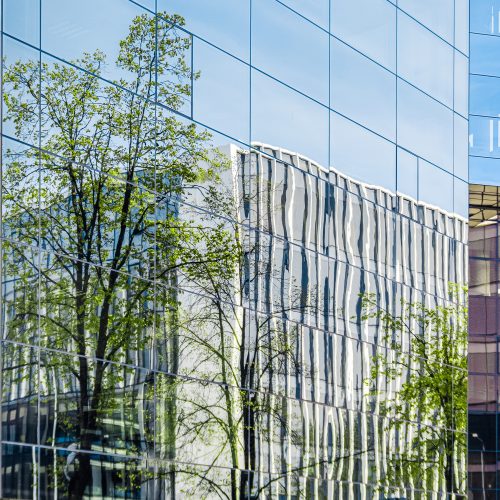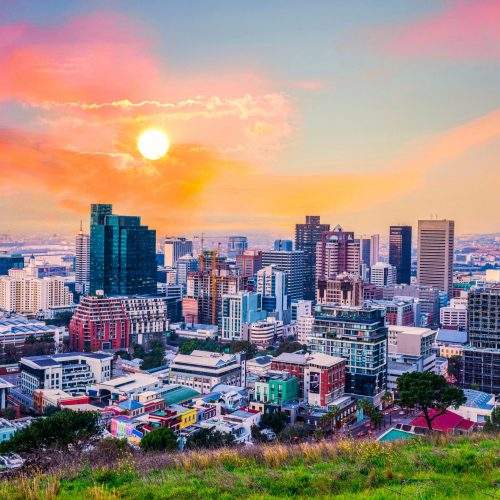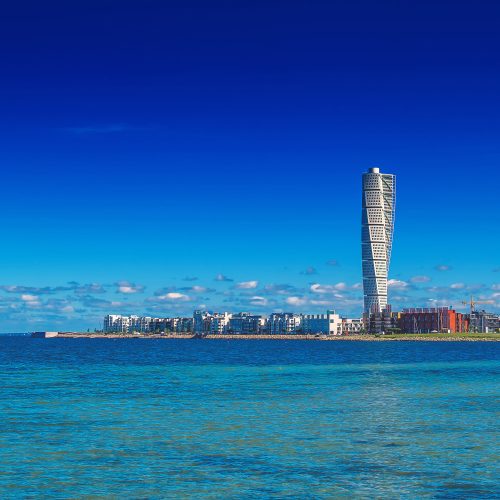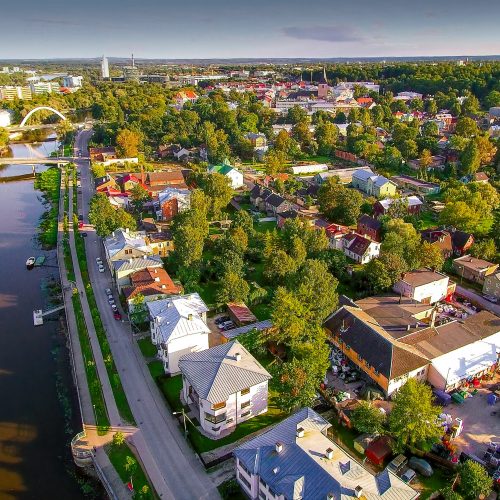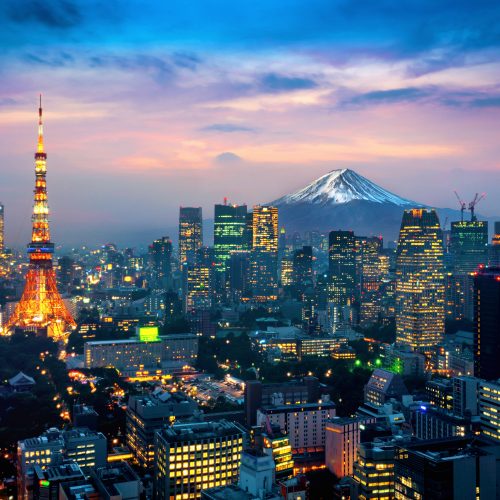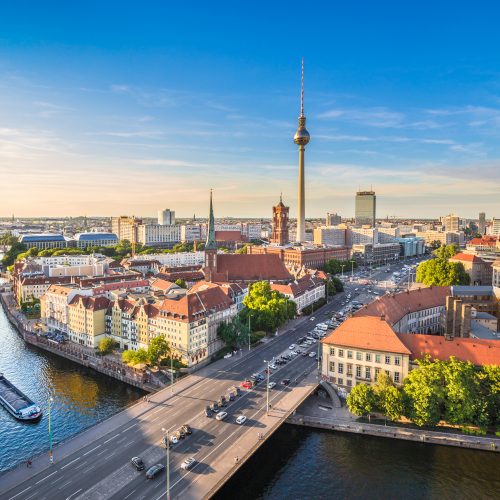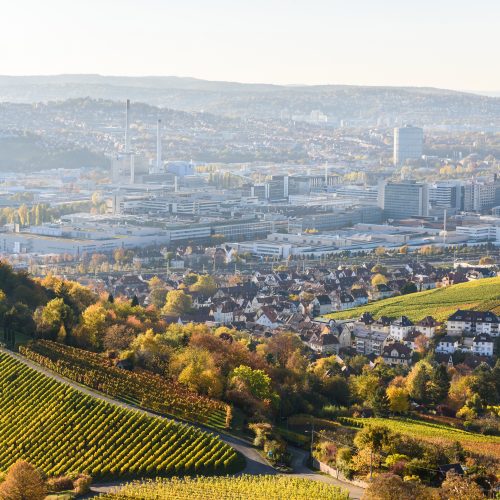Context and policy overview
Following the Fukushima nuclear disaster of 2011, the Seoul Metropolitan Government (SMG) launched a two-stage “One Less Nuclear Power Plant” initiative in 2012, with the aim of reducing energy consumption and increasing renewable energy production. Through the first phase, which ran from 2012 to 2014, SMG reduced energy demand by 2 million tonnes of oil equivalent (toe), corresponding to the annual generation capacity of one nuclear plant.
The second stage of the initiative targeted the transition of around 4 million toe of energy to renewables. As part of these efforts, in November 2017, SMG developed the 2022 Solar City Seoul plan to accelerate solar installations.
Through this plan, SMG has strived to expand the citywide deployment of solar energy units on public buildings. By 2022, it hopes that solar panels will generate a total of 243 MW across all suitable public buildings and land in Seoul.[1] In addition to the work on municipal buildings, SMG plans to expand the residential solar market by adding 551 MW of solar capacity to one million households, including 540,000 apartment balconies, 90,000 rental homes and 370,000 buildings. Other initiatives such as solar landmarks and smart energy districts are to increase the target to 1 GW.[2]
Implementation
SMG provides a number of incentives to households to facilitate the uptake of solar energy. For instance, it was the first municipality in South Korea to pay a city-level subsidy for small solar power plants with an output of 50 kW or less, since the nationwide feed-in tariff was abolished in 2011 due to the related fiscal burden. Subsidies are in place for the installation of mini-solar panels, reducing the upfront cost by 80 per cent. In addition, SMG launched the Energy Self-reliant Village programme in 2012, attempting to inspire a shared vision of energy self-sufficiency in urban and rural communities
Furthermore, in 2015 SMG set up a government-backed fund called the Solar Power Generation Citizens’ Fund for solar projects. Residents of Seoul can subscribe to the fund to earn a guaranteed annual return of 4 per cent. Land rental concessions are also available to solar power cooperatives installing photovoltaic (PV) systems in unused spaces that are leased from SMG at low rental rates.[3] In addition, since 2018, newly built public apartments have been required to install a mini PV facility and existing apartments have continued to receive an installation subsidy
In order to promote the concepts developed for Seoul, SMG plans to create solar energy landmarks and special solar energy districts that it can market as tourist attractions. SMG also plans to transform Magok, a western neighbourhood of the city, into a smart energy district by promoting an urban energy paradigm in cooperation with Korea’s major energy firms. Moreover, SMG has launched various information and training campaigns to promote solar energy:
- The Sunshine City Seoul campaign was developed during the first stage of the One Less Nuclear Plant programme.
- The Seoul Solar Map was developed to show the potential capacity for solar power in buildings and houses.
- Seoul organised school campaigns in which students were selected to be leaders in energy saving and volunteering activities.
- The city established the Seoul Energy Dream Centre that would achieve 100 per cent energy self-sufficiency and serve as a learning centre for students and other residents.
- The Seoul Solar Expo, which took place in August 2018 and was free to attend, invited solar energy companies to exhibit and held a solar design competition along with various hands-on events.[4]
Lastly, in 2018, SMG set up support centres called Seoul Solar Centres which provide one-stop services for installation and maintenance. Free consulting services will be provided, as well as a School for Energy Start-ups which will provide training for people who want to set up a solar energy business.[5]
Barriers and critical success factors
Various factors have made the solar city plan a success, including the following:
- The topping up and subsequent replacement of national subsidies with alternative sources of finance (such as subsidies and grants, rental concessions for cooperatives) have incentivised the deployment of solar plants in residential buildings.
- The identification of sites suitable for solar plants, such as public landmarks, parking lots, villages and districts, in cooperation with energy companies, has promoted Seoul as a role model for other cities and supported tourism.
- SMG has introduced solar mandates for new multiple-unit dwellings and commercial buildings, helping to accelerate the deployment of solar panels.
- SMG has visibly demonstrated the city’s commitment to renewable energy. It has provided information for residents through a range of mechanisms such as school programmes, expos, design competitions, support centres and training for start-ups, all of which have supported residential solar PV installations.
Results and lessons learned
Currently, 127 public buildings in Seoul have a total installed capacity of 3.8 MW, 17 infrastructural facilities have a combined capacity of 3.8 MW, 43 schools have a joint capacity of 1.8 MW and 12 MW of capacity has been installed on public parking lots. In addition, as of September 2018, a total of 161,000 households had installed the PV facilities, thereby generating a total of 210 MW annually.
Including the new supply of 52 MW of solar power installed in 2018 and a total installation capacity of 210 MW, the Solar City Seoul project has generated 237,805 MWh of annual energy. It has also reduced greenhouse gases by 109 tonnes of CO2 and fine particulate matter by 27.6 tonnes. This means that by the end of 2022 the city’s capacity will need to be raised by a further 760 MW approximately in order to meet the project’s 1 GW target
In 2019, Seoul was selected as the winner in the renewable energy category of the annual C40 Cities Bloomberg Philanthropies Awards, in particular due to its efforts to become a global solar city.









